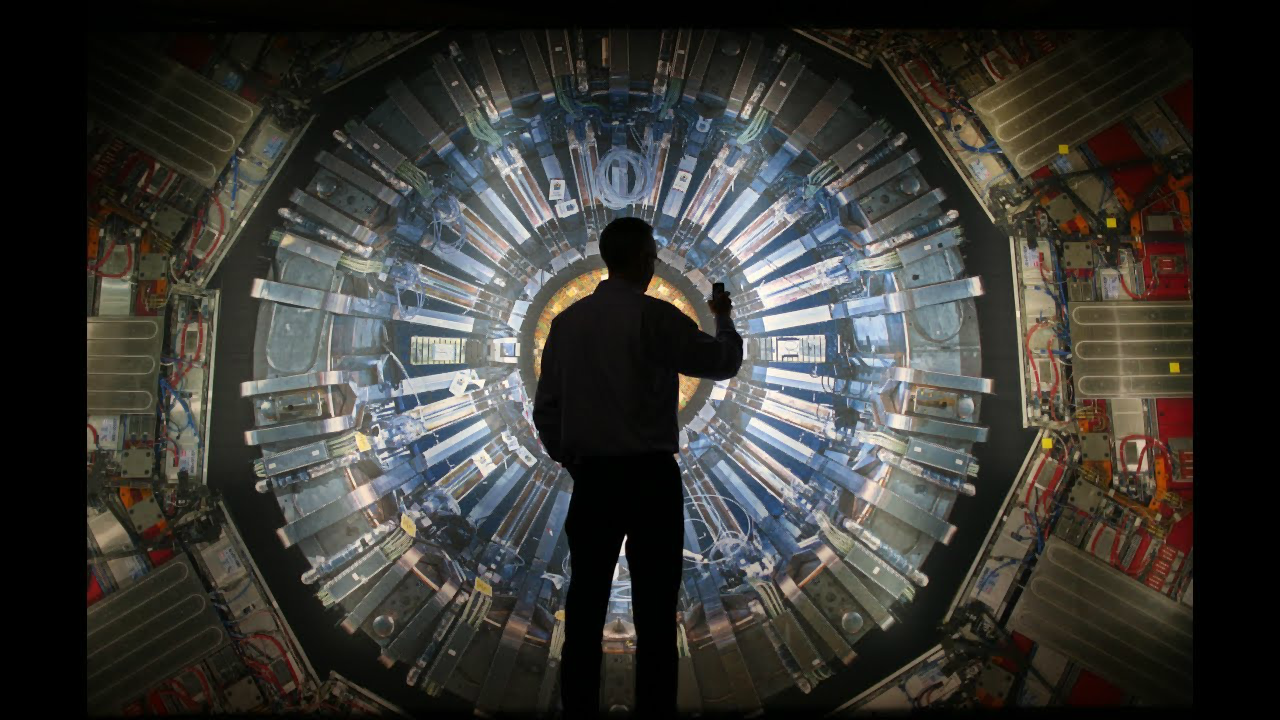
Artificial Intelligence needs a strong and reliable computational back-end to perform. Today’s most extended IT systems provide just enough process power to make it work in its most basic state: AI is limited to specialized machine learning algorithms, capable of performing specific tasks in an automated way. However, and after the release of new quantum developments, qubits are ready to take over the old and modest bits, and along the way, to bringing AI to a new life level.
Classic computing stores information in bits through the long running now binary language. Quantum computers, instead, upgrades the model as they are able to use qubits within the binary system. These qubits provide an amplified process power to any given task, making computational more effective and fast.
They do so in two different ways. On one hand, and through a phenomenon known as “superposition”, qubits can exist and bear reference in multiple states of 1 and 0 at the same time; while the “entanglement” process allows them to influence other qubits even if they are not physically connected. It is indeed in these two major characteristics where lies the quantum power to actually multiply the classic computational scheme.
The ‘qubit colour’ experiment
This extra power can be put in good use for Artificial Intelligence development. In fact, IBM’s AI researcher Dario Gil introduced a new experiment in the recently MIT Technology Review’s EmTech Digital conference that took place in San Francisco. In there, he showcased the results of a simple classification scenario that involves using machine learning to organize data into similar groups (in this case, dots with similar colors).
According to a MIT article, “IBM’s team first ran the task on a quantum machine without entangling the qubits, which produced an error rate of 5 percent. The second time around it ran the same experiment with the qubits entangled, which produced an error rate of just 2.5 percent.”
The ‘linear quantum algorithm’ breakthrough
This experiment has been released at the same time that a new research brought by National University of Singapore (NUS) and echoed by Futurism magazine. In the study, they highlight a new linear quantum algorithm “which would allow a much faster analysis of larger data sets through a quantum computer.”
This new algorithm comes after some instability issues in qubits processes. Until now, qubits’ delicate quantum state can be undone by even the tiniest vibration or change in temperature making the system still unreliable.
The linear algorithm, presented by the researchers at NUS, features a classic algorithm procedure running through quantum computing, which adds the given extra powerful from its superposition and entanglement traits. This linear system algorithm also performs computation using a large matrix of data. It’s a task that’s also more apt using a quantum computer.
For instance, this formula could be use in AI to speed up machine-learnings complex labor. “Quantum machine learning is an emerging research area that attempts to harness the power of quantum information processing to obtain speedups for classical machine learning tasks,” said NUS main researcher Zhikuan Zha.
Although these two examples are good news in the early-days of quantum computing, Dario Gil warned in the MIT conference that the current AI neural networks, running on the most powerful conventional computers are still further ahead of these experimental results.
However, both Dario Gil and Zhikuan Zha felt confident that through quantum computers, machine-learning proficiency can be utterly improved and the limitations given by our current computational system can be finally surpassed.
“We’re maybe looking at three to five years in the future when we can actually use the hardware built by the experimentalists to do meaningful quantum computation with application in artificial intelligence,” Zhao stated.

Hernaldo Turrillo is a writer and author specialised in innovation, AI, DLT, SMEs, trading, investing and new trends in technology and business. He has been working for ztudium group since 2017. He is the editor of openbusinesscouncil.org, tradersdna.com, hedgethink.com, and writes regularly for intelligenthq.com, socialmediacouncil.eu. Hernaldo was born in Spain and finally settled in London, United Kingdom, after a few years of personal growth. Hernaldo finished his Journalism bachelor degree in the University of Seville, Spain, and began working as reporter in the newspaper, Europa Sur, writing about Politics and Society. He also worked as community manager and marketing advisor in Los Barrios, Spain. Innovation, technology, politics and economy are his main interests, with special focus on new trends and ethical projects. He enjoys finding himself getting lost in words, explaining what he understands from the world and helping others. Besides a journalist, he is also a thinker and proactive in digital transformation strategies. Knowledge and ideas have no limits.












